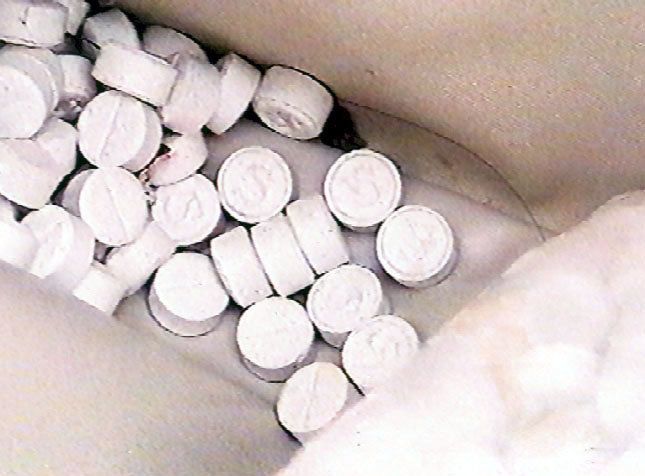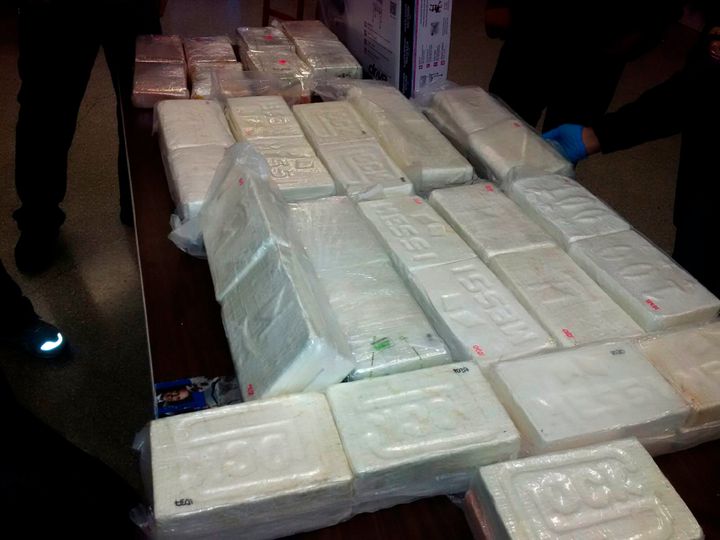
Cocaine and ecstasy use has soared among in wealthier households while their use at poorer households has fallen or remained the same, new figures indicate.
In 2015/16, 3% of those aged 16 to 59 from households with incomes of at least £50,000 reported taking powder cocaine in the previous year - up from 2.2% in 2014/15.
The proportion in the category who had used ecstasy in the preceding 12 months was 2.2% - up from 1.5%, The Press Association reports.
Both were “statistically significant” increases.
By contrast, use of the two Class A drugs among those from lower-income households were either down or flat year-on-year.
A Home Office report outlining the figures said demographic factors are “not necessarily independently associated with higher drug use”.
Meanwhile, it emerged that drug use among women has plunged to the lowest level in at least 20 years.

The statistics - published by the Home Office and based on responses in the Crime Survey for England and Wales - showed one in 20 females, aged between 16 and 59, reported using any illicit substance in the previous year in 2015/16.
This was the lowest level recorded since the current records started in 1996. Drug use among women peaked in 2000 and 2003/4, when it was at 8.8%.
Overall, the figures showed that around one in 12 adults (8.4%) had taken an illicit drug in the previous year - equal to around 2.7 million people.

This was similar to the 2014/15 survey, but lower than a decade ago, when the proportion stood at around one in 10.
“The trend in last year drug use among 16 to 59-year-olds has been flat for seven years,” the report said.
Around one in five (18%) young adults, aged 16 to 25, had taken an illicit drug in the last year, more than double that of the wider age group, and equivalent to around 1.1 million people.
This was similar to the previous year, but down compared to a decade ago when the proportion was 25.2%.
The figures also showed that more than a third (38%) of adults thought it would be very or fairly easy for them personally to get drugs within 24 hours if they wanted them.
Separate figures released by the Health and Social Care Information Centre showed that there were 14,279 hospital admissions with a primary diagnosis of poisoning by illicit drugs in 2014/15. This was 57% higher than the level recorded 10 years earlier.
In 2014 there were 2,248 deaths related to drug misuse, an increase of 15% on the previous year.
Simon Antrobus, chief executive of Addaction, said the charity is “deeply concerned with the continuing upward trend in drug-related deaths”.
He said: “There are a number of factors behind this situation: changing levels of drug purity, people increasingly mixing opiates with prescription medication, and the poor physical and mental health of the people Addaction sees every day.”
He added: “Also of interest are the figures showing rising cocaine and ecstasy use in adults in households with £50,000 income a year or more, reflecting higher purity, wider availability and a cultural shift which has increasingly normalised those substances.”
